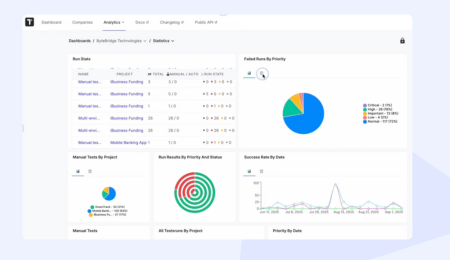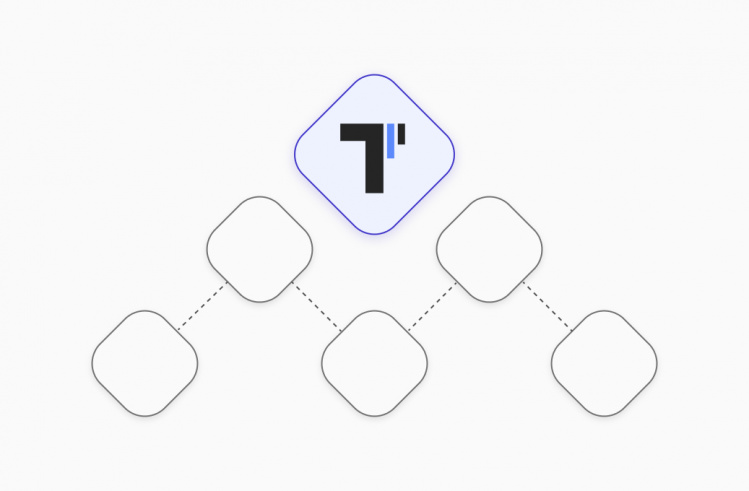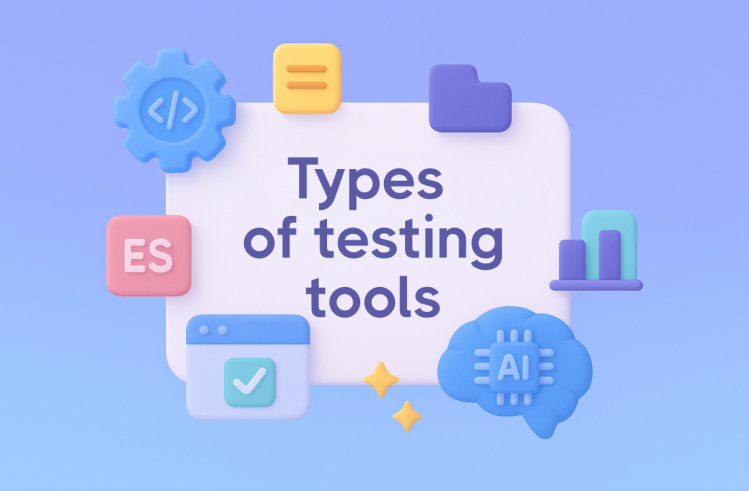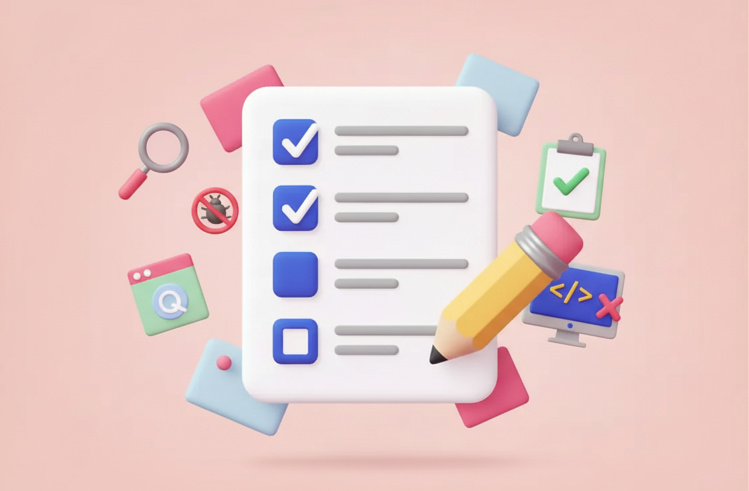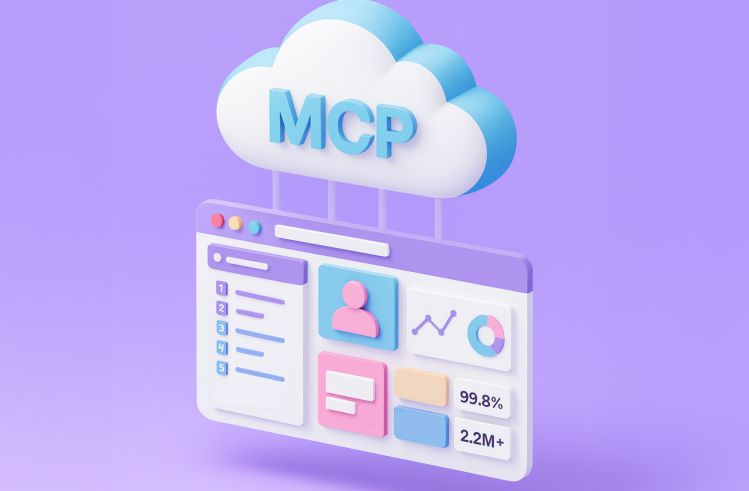To explore the topic of building a QA testing team, we turned to a true professional in this field. Her expertise is backed by an impressive track record in software quality assurance across various industries, including biometrics, game development, fintech, insurance, government systems, and more.
Currently, Rina holds the position of QA Lead at EPAM, and among her achievements are her own courses From QA Lead to Head of QA and experience conducting various training sessions. She also created a unique course for beginners in the Gamedev field, which she plans to translate into Ukrainian in the near future.
Key Skills of an Ideal QA Team Candidate
For a specialist to effectively perform QA responsibilities, they should possess a certain set of soft and hard skills.
First, let’s discuss the technical knowledge that is typically included in the requirements list for any QA specialist position:
- Various Testing Methodologies. This category includes types of testing, manual and automated test techniques and types of QA processes: regression, load, performance testing, etc.
- Programming Scripting Languages. Skills in writing code in popular languages such as Python, Java, JavaScript, or SQL are essential for writing and executing automated test scripts.
- Test Management Tools. Tools like Jira, TestRail, and of course a testomat.io test case management system are essential for optimizing QA workflows, making familiarity with these platforms highly valued.
- Test Automation Tools. With the growing emphasis on test automation, which boosts both the speed and quality of QA efforts, expertise in tools like Selenium, Playwright now, Appium, and others is crucial for QA teams focused on Automation.
- Auxiliary Tools. Knowledge of additional tools can also be useful on projects, especially continuous delivery tools. These include version control systems (e.g., Git, GitHub issues, GitHub actions), CI\CD services (Jenkins, GitLab, Bitbucket etc.), once again issue tracking systems (e.g., Jira, Linear), collaboration tools (mainly Slack or Microsoft Teams, ClickUp).
- Supporting Tools. Knowledge of supplementary tools is also beneficial for projects. These may include version control systems (e.g., Git), CI\CD platforms (such as Jenkins, GitLab, etc.), bug tracking systems (e.g., Jira), and collaboration tools (like Slack, Trello, GitHub boards or Microsoft Teams).
- Understanding of SDLC. A QA specialist should be familiar with various development methodologies and approaches. This ensures that he can easily adapt to projects, whether the team uses the increasingly popular Scrum framework or the more traditional Waterfall approach.
This basic knowledge helps the specialist understand the role of testing in the wider software development process. It also facilitates collaboration software testing team with the development team, which is often critical to the success of a project.
Our expert has developed her own approach to selecting the ideal candidate:
For me, selecting a quality control team member starts with creating a candidate profile. It usually consists of several blocks: skills that I will not consider without, those I can improve during onboarding and adaptation, and optional qualities.
I’m considering the new player’s impact on the QA team. So, what can bring?
If the team already exists, I always check whether the candidate will be on the same page with them.
Soft skills are also very important.
Indeed, analytical skills and personal qualities, known as soft skills, are of great importance for a QA specialist.
Employers typically want to see the following traits in a candidate:
- attention to detail
- analytical thinking skills
- highly developed communication skills
- well-developed critical thinking
- multitasking ability
- time management skills
- ability to work in a team
- adaptability and willingness to learn
When it comes to selecting a QA lead, leadership qualities are also important.
Specifically major QA team lead characteristics:
- ability to lead a team and resolve conflicts
- task delegation skills
- experience in setting priorities within the goals quality assurance and distributing the workload within the software testing team
- ability to make quick decisions and solve problems effectively, regardless of their complexity
Rina Uzhveko explained how soft skills are tested during the interview:
Soft skills are harder to test in an interview than hard skills. In my practice, such testing is reduced to solving situational tasks. I almost never ask theory questions, unless it’s with newcomers. And even then, if they answer incorrectly, I need to figure out what they mean by a certain concept.
During the meeting with the candidate, I also assess their level of independence, communication skills, and ability to argue their position. The presence of these skills, combined with practical experience, indicates that the person will be able to work in an Agile environment.
Common Mistakes in Getting QA Job
Candidates applying for the QA specialist position can make certain mistakes during the interview, thus lowering their chances of success.
Let’s look at the most common ones:
| 1. Lack of technical skills | This refers to both basic knowledge, such as types of testing, and deeper knowledge, such as specialized tools, programming languages, etc. However, possessing all the skills is not enough – it’s important to be ready to discuss work specifics with the interviewer and demonstrate your skills in practice. |
| 2. Inability to demonstrate soft skills | Sometimes candidates are too focused on technical aspects of the QA process and forget about problem-solving skills, critical thinking, etc. To demonstrate your strengths, it’s not enough just to answer theoretical questions. Be prepared to share various examples from your personal practice or solve situational tasks. |
| 3. Lack of balance between manual testing and automation | Depending on their experience, a candidate may focus solely on manual testing or claim that automation is the cure-all for every issue. In reality, it’s important to understand which tasks in the project should be automated and when it’s more appropriate to perform manual testing. |
| 4. Ignoring boundary cases and negative scenarios | During the interview, you should not focus only on tests where everything works as expected. A QA specialist should demonstrate their ability to test boundary cases and negative scenarios. |
This will confirm that the candidate can think outside the box and handle diverse QA responsibilities in software testing.
Our speaker identifies another mistake that, in her opinion, occurs most frequently:
The most common mistake is trying to lie on a resume or during an interview. This has become especially common recently, with many interview walkthrough videos available online, where a candidate can memorize answers to key questions on topics in which they have no experience or real knowledge.
Candidates also often falsify information about attending trainings and courses, likely hoping that I won’t verify the facts about their education and its results.
How to Manage Distributed Multinational Teams?
The popularity of remote work is gaining momentum, and the QA field is no exception. Often, not just remote but so-called distributed teams are formed here. This approach to organizing work processes implies that the team consists of specialists who work both locally and remotely, often from different countries.
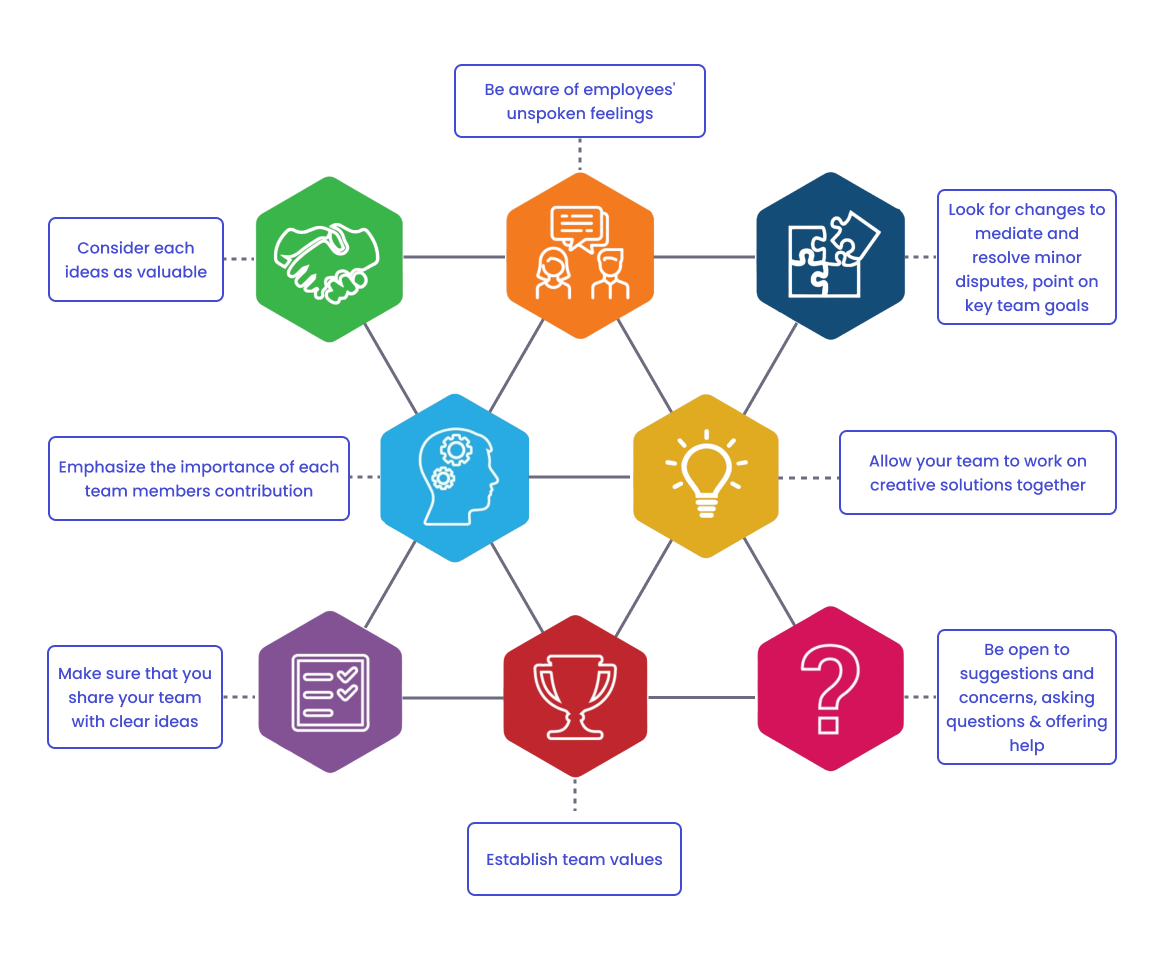
Such a work format has its advantages and disadvantages, which we will discuss below ⬇️
Distributed Multinational Team: Advantages
Access to global talent pools: You can hire the best specialists with the skills that the project requires, which might not be available locally.
- 24/7 testing: Since members of distributed teams can be in different time zones, QA processes are carried out continuously. This is crucial for Agile projects, where speed is critical.
- Budget savings: The cost of QA specialists’ services can vary across countries. In many cases, you can cut the budget of your digital product. However, lower cost does not always mean lower quality. For example, hiring testers from Eastern Europe is more economical than from the USA or Switzerland. The expenditure on QA actually depends on many things, like your team structure, composition, locality, experience needed, and many more. Last but not least, How much should you spend on building your QA team? Great article covers 2 questions: How much people, time and money should QA take?
- Flexibility and scalability: If there is a need to scale the project, it is easier to hire a remote specialist. This eliminates the need for physical relocation of staff, it is an office optimization as well.
Challenges in Managing Distributed QA Teams
According to Rina Uzhveko, the biggest challenge for a QA lead in such a work format is the attempt to maintain total control, by staying aware of potential risks.
The hardest part I faced while working with distributed teams was forcing myself to let go of control and delegate tasks new team members.
In my practice, I worked with a large multinational team, where each time zone had a sub-lead position. Sub-QA leads played a crucial role, each sub-lead was responsible for managing a specific group of people, as they knew them better and could find the right approach to each.
It took a lot of time and effort for me to accept that it was time to stop trying to control everything. Eventually, I realized that despite the huge differences in mentality, all these people formed a single mechanism that eventually worked.
However, this is not the only challenge faced by a leader of such QA team 😔 on a way to reach an effective quality assurance.
Below, we will examine the main challenges and provide expert recommendations for preventing them.
Best practices to build a successful QA team
- Communication problems. Communication within the team can be complicated by time zone differences, language barriers, and cultural differences between specialists. Note, QA lead responsibilities include mitigating the negative impact of these factors on the quality of the work process.
If there is a language barrier, I always try to explain everything in simple terms. Sometimes, I can convey the necessary information using drawings and diagrams. But there are cases when the help of a professional translator is necessary. In my practice, we worked with specialists from China and Japan, who refused to speak English.
- Coordination and QA management challenges. Setting up work processes in a distributed multinational team is much more complicated than in a standard team. This requires reliable specialized tools.
To effectively manage a distributed team and coordinate the actions of all specialists, I always use Jira with all sorts of plugins, and Zoom or Google Meet. Other tools are optional, depending on the software project’s needs.
- Different approaches to work. In multinational teams, there may be differences in work ethics, communication styles, and attitudes toward deadlines. What is considered normal for specialists from one country may be unacceptable for representatives of other cultures.
Ukrainian QA engineers are used to working as quickly as possible, doing a lot, and following strict processes. We constantly remind about urgent tasks and search for additional information. Also, parallel task execution and striving for maximum efficiency and product quality are typical for us.
For people from countries with a different mentality, this is unacceptable. They see this work style as an attempt to outdo others, toxic, and aggressive behavior. Naturally, this creates discomfort.
How to handle this situation? First of all, realize that we are all different. Then, adapt to each person, learn to communicate, and not rush anyone, or do it as gently as possible. It will be especially difficult if the QA lead and most part of the team are only persons from certain nationality.
- The problem with the cohesion of the QA team. In distributed teams, particular attention must be paid to personal interaction with each remote employee. Without this, there can be difficulties building trust and team spirit.
To build a unified team, I conduct various online games, often in the form of quizzes. Each QA lead can choose any informal online meeting format that is comfortable for all team members.
- Conflict resolution challenges. The cultural differences of people from different countries can lead to numerous conflicts, which are hard to resolve considering the remote management format.
In my practice, there was a conflict with Italians. They have a very specific work approach—they are accustomed to frequent siestas, working no more than three hours a day, one of which goes to online meetings. This led to delays in deadlines and uncontrollable budget growth.
I kept trying to rush them, which only made the problem worse. They perceived it as aggression from my side and as creating uncomfortable working conditions for them.
The conflict was resolved by reassessing the project, taking into account their work characteristics.
Thus, managing a distributed multinational team can be associated with some challenges.
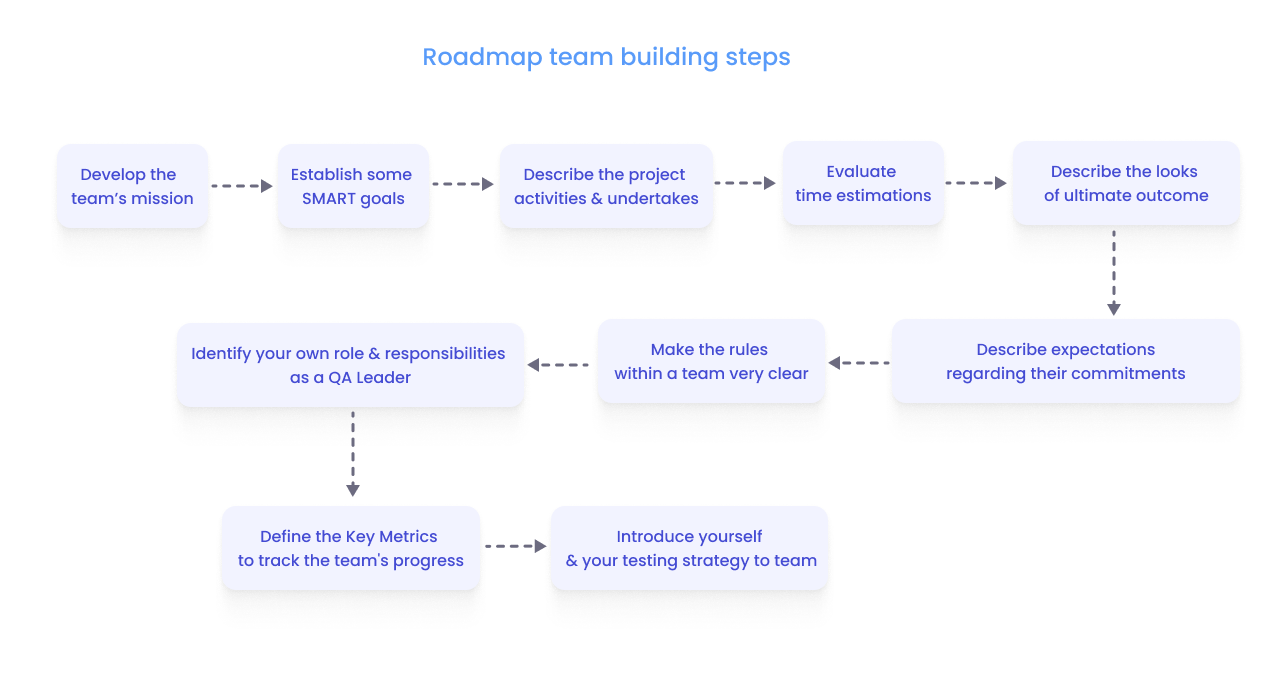
As you can see clear workflows, acceptance of individual employee traits, holding regular meetings, feedback and the use of reliable tools can help avoid different troubles.
Structured documentation QA Leader responsibility
A well-documented QA process helps teams track testing efforts, improve communication, and streamline workflows. It can optimize test coverage, minimise misunderstandings, and accelerate software development directly.QA leaders should prioritise documentation in advance, oversee team members’ contributions, and continuously optimize it.
Creating a Competency Matrix for Tester
The QA lead job description includes building an effective quality assurance team, where each member has the necessary competencies. The competency matrix does not contain any KPI metrics. The use of a quality assurance skills matrix can assist in fulfilling this duty.
A competency matrix is a practical tool that allows the evaluation of the skills and abilities of QA team members and plays a role in ensuring a smooth testing process. It helps identify skill gaps, plan employee training, and differentiate tasks based on specialists’ experience.
Depending on the project, the matrix can cover various competency areas. It typically includes technical skills, soft skills, knowledge of processes, and regulatory requirements.
We asked Rina Ujivko to describe her approach to creating a QA competency matrix:
I focus on the needs of the project. If it’s a matrix for an entire company, it can be general and more universal. For a specific App project, I usually create a customized version because certain skills may not be needed.
One of the problems with this tool is that people do not always understand what competency means or make it hidden from team members.
Key Aspects of Working with the QA Competency Matrix
To ensure this tool serves its primary functions and truly helps the QA lead perform their duties, several aspects need to be considered. Our expert explains:
Evaluating the competency level of team members.
Competency level should be assessed in several stages – during the interview, after reviews, and in the process of further work – based on completed tasks. Each competency has a criterion that defines what exactly the person is capable of.
The scope of competency may increase or decrease depending on the position. For example, for an automation engineer and a QA lead, the level of competence in both hard and soft skills will differ. For hard skills, the requirements are higher for an automation engineer, and for soft skills – conversely, for the lead.
Updating the competency matrix in response to new technologies and methodologies.
If a new technology is introduced to be used in the company or a specific project, the competency matrix must be updated with the new competency, followed by training and information sharing among colleagues.
If the innovation does not affect the workflow, there is no need to update the matrix.
Using the competency matrix to develop individual career development plans for team members.
The competency matrix helps identify who is weaker in some skills and who is stronger. More competent employees can act as mentors during the development plan process and help improve the weaker ones.
However, for career development, this tool alone is not enough. There must also be a desire for personal growth. In addition to the matrix, there is StarMap, which demonstrates the knowledge and application of competencies. They should be analyzed comprehensively.
Follow the link to get more info Guiding Teams in Multi-Skill Development with building a StarMap
Ensuring the measurability of the competency matrix.
As I mentioned, each competency has a clear list of requirements. If it’s a company-wide matrix, it depends on the company’s scale. For example, you can highlight key competencies for different positions and use them when preparing a candidate profile for job openings.
There are many competency matrix templates freely available online, which can be reviewed. For example, for an IT company, this document may take the following form:
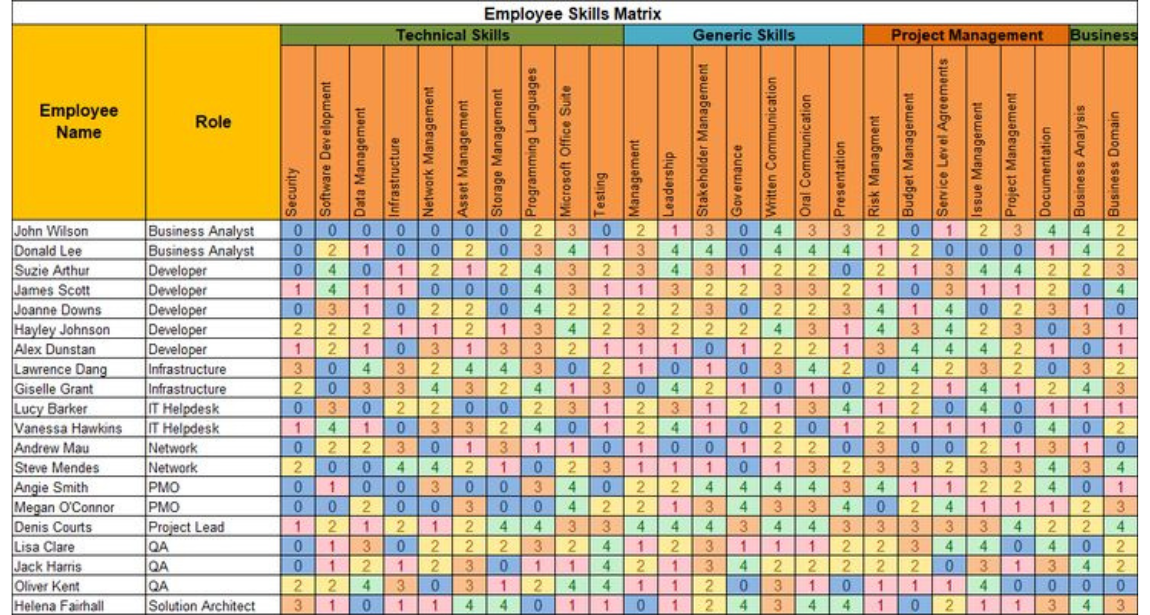
However, Rina Uzhevko believes that using competency matrix templates is impractical:
The best matrix is one created by you for your product/project/company under your own conditions. Templates are subjective. What is required of an employee at the lead level in one company may be insufficient even for a mid-level position in another.
There is no universal matrix that suits everyone 100%. Therefore, it is better to learn how to create it yourself.
Let’s sum it up
Building a QA team is not just about gathering a group of professionals. It is about developing a culture of quality, collaboration, and continuous improvement.
To succeed in this challenging endeavour, make compromises, invest in reliable tools (for instance, now using AI tools are quite trending) and remember to keep learning. This will allow us to create a team that can adequately meet all the challenges of the modern IT sphere.
